What impact does the environment have on the installation of metric wedge anchor
2025-04-29During the installation of Metric Wedge Anchor, the influence of environmental factors cannot be ignored, which are directly related to the anchoring effect and its service life. Different environmental conditions have a multifaceted impact on the performance of the anchor, which in turn affects the overall stability and safety of the structure.
In high temperature environments, the thermal expansion and contraction of steel is particularly significant. The anchor may undergo slight dimensional changes due to temperature changes, which will directly affect the expansion and anchoring effect of the wedge. High temperatures may not only lead to a decrease in the performance of the anchor material, but also reduce its tensile and shear strength and increase the risk of failure. Under extremely high temperature conditions, the toughness and fatigue resistance of the steel are significantly weakened, increasing the possibility of fracture. Therefore, in high temperature environments, it is particularly important to choose anchors with excellent heat resistance or take corresponding protective measures.
Relatively speaking, the low temperature environment also has a significant impact on the performance of the anchor. Under low temperature conditions, the steel will shrink, which may cause the coordination between the anchor and the hole wall to become loose, thereby reducing the anchoring capacity. In addition, low temperature environments can make the material fragile, increasing the risk of cracks during installation or use. Especially in cold areas, heating or special treatment measures should be taken during construction to ensure the stable performance of the anchor. At the same time, icing and frost in low-temperature environments will also affect the quality of the drilling holes, and the hole walls may become uneven or cracks may appear, further affecting the anchoring effect. Therefore, during construction, it is necessary to ensure that there is no accumulation of water or ice and snow in the holes to avoid irregular hole walls due to frozen cracks, which will affect the expansion and anchoring of the wedges.
The impact of humidity and precipitation conditions on Metric Wedge Anchor is also significant. In wet or rainy areas, anchors are susceptible to corrosion and rust, especially in the absence of effective anti-corrosion measures. Corrosion not only weakens the structural strength of the anchor, but may also lead to anchor failure or even breakage. A wet environment may also cause softening or cracking of the pore walls, affecting the stability of anchoring. During the construction process, if the dust and impurities in the hole cannot be cleaned in time, the humid environment will aggravate the corrosion degree of the hole wall, thereby reducing the anchoring effect. Therefore, effective moisture-proof measures should be taken at the construction site to ensure that the hole walls are dry and clean, and materials with excellent corrosion resistance should be used to extend the service life of the anchor.
The corrosion of salt spray and marine climate on anchors is particularly severe. In coastal areas, the suspension of salt in the air can easily form a salt film on the surface of the anchor, accelerating the corrosion process. The penetration of salt not only destroys the protective layer of the metal, but may also cause the anchor to rust in a short period of time, seriously affecting its load-bearing capacity. In order to effectively deal with the marine environment, anchoring materials with excellent corrosion resistance should be selected during construction, or surface treatment, such as galvanizing or coated with anti-corrosion coatings, to enhance their corrosion resistance. At the same time, regular inspection and maintenance should be carried out after construction, and corrosion and corrosion layers should be removed in a timely manner to ensure that the performance of the anchor is always stable.




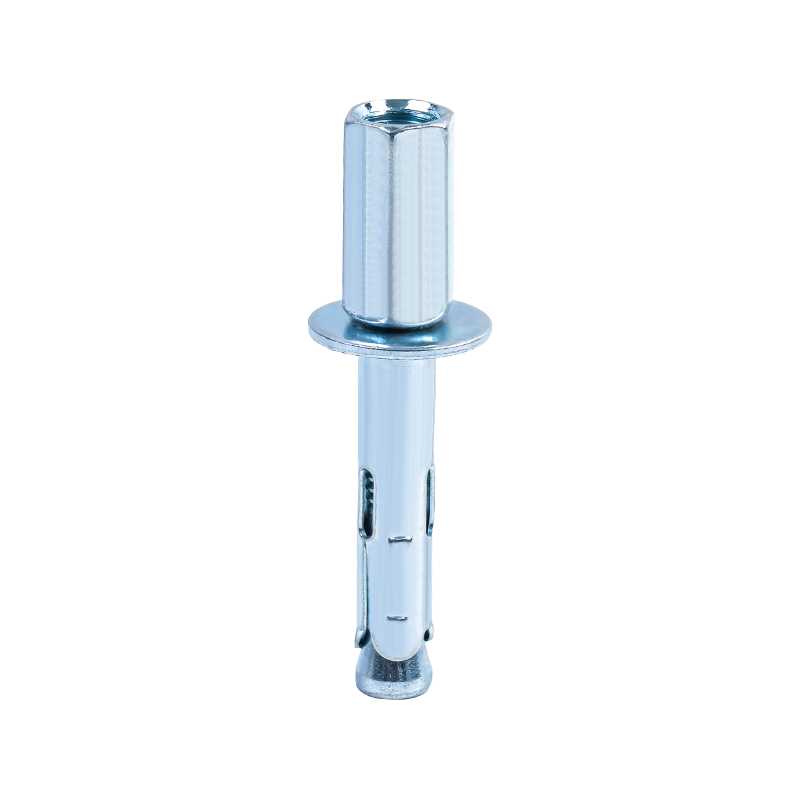
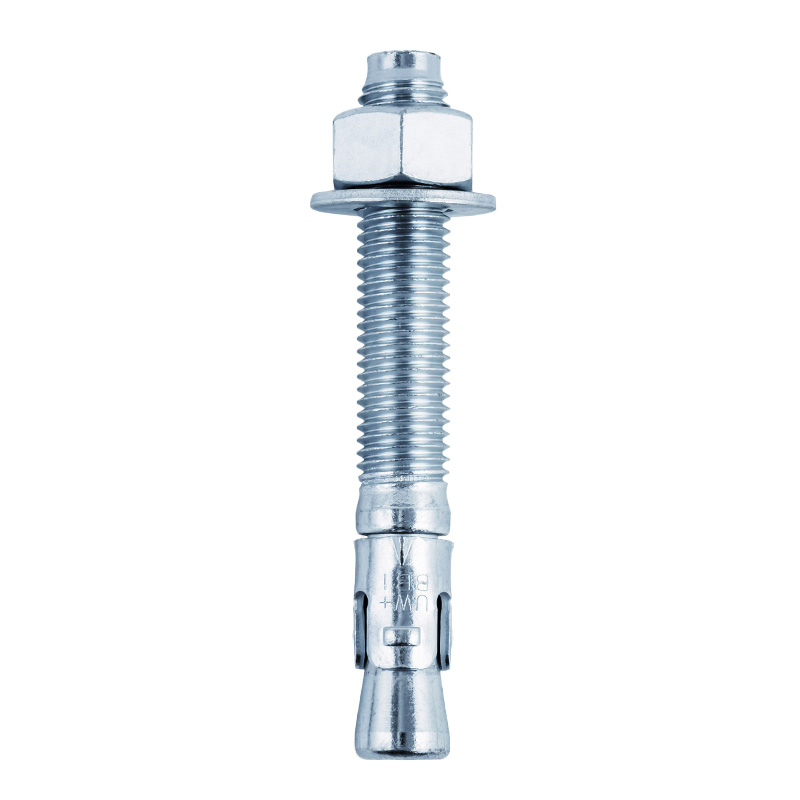
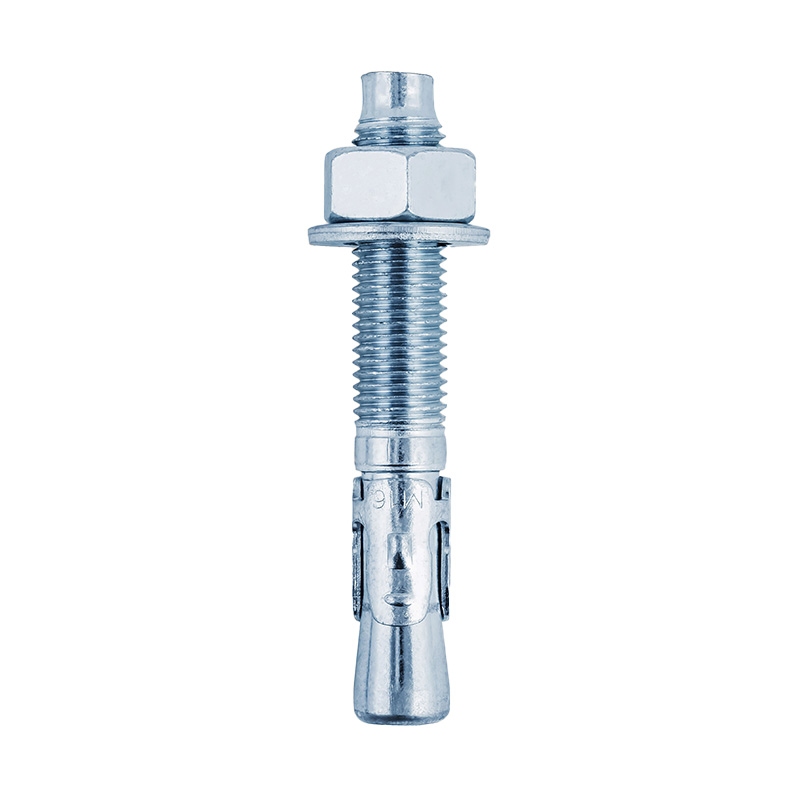
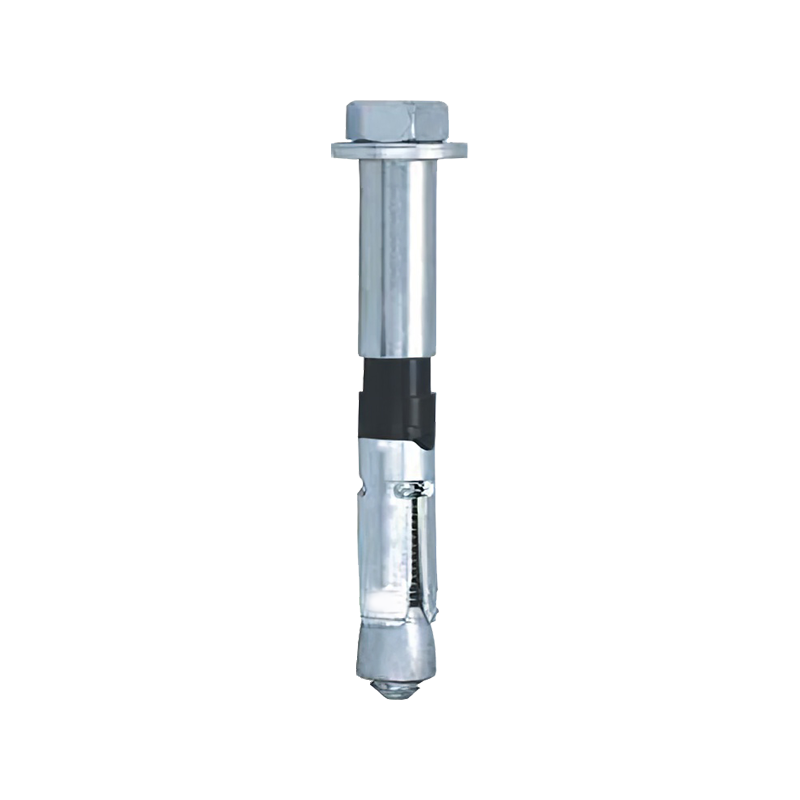
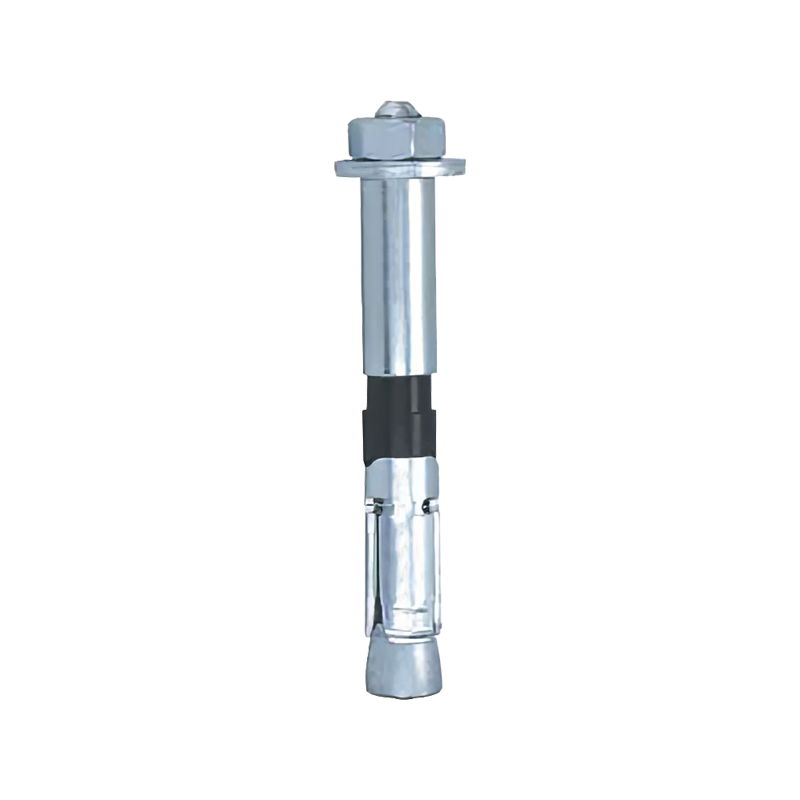
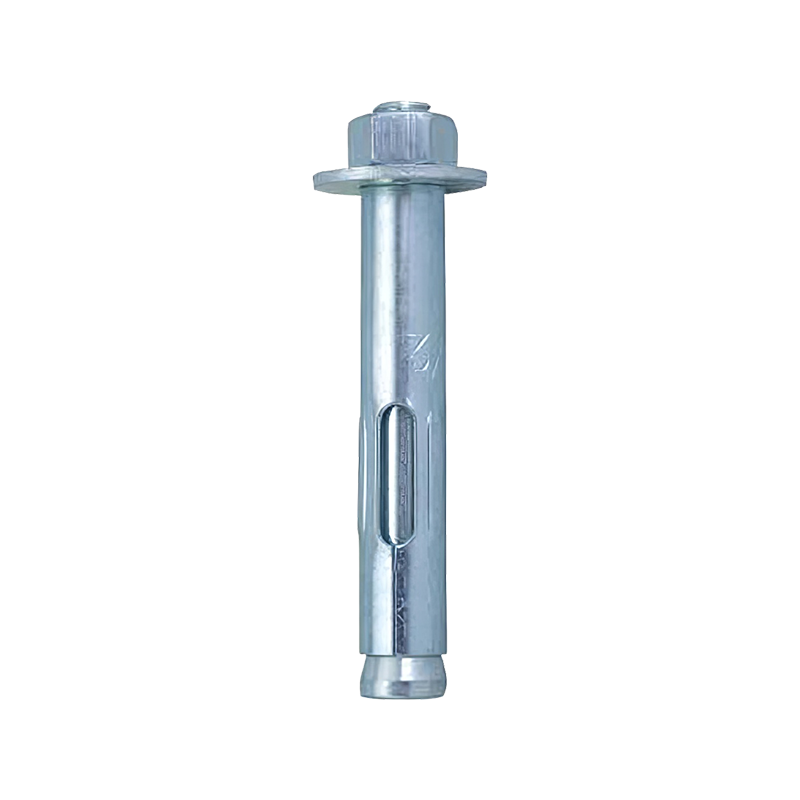
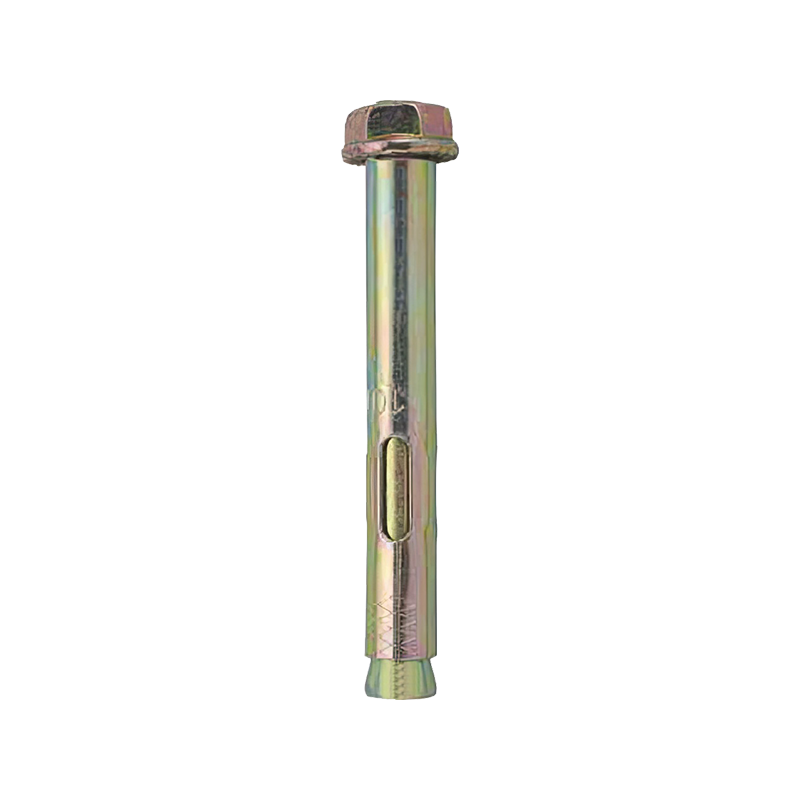

Contact Us